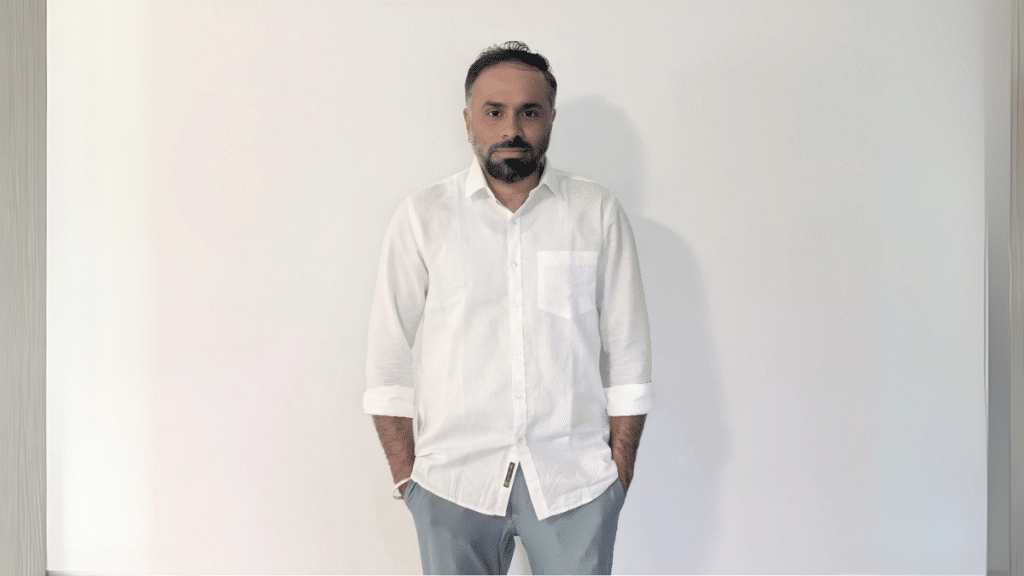User experience (UX) design continues to evolve from a purely aesthetic discipline into a strategic function at the heart of digital transformation. Whether in education, finance, or high-tech manufacturing, modern organizations increasingly rely on intuitive, accessible, and scalable interfaces to engage users and deliver value. As the scope of digital products expands, so does the complexity of design challenges—from aligning cross-functional teams to maintaining consistency across platforms. In this environment, scalable design systems and intelligent UX patterns are not just operational tools but critical enablers of speed, inclusivity, and innovation.
Few professionals illustrate this paradigm better than Sajindas Devidas, whose design leadership spans sectors from solar tech to aesthetic medicine. “At the core of what I do,” he explains, “is building bridges between teams, between user intent and product behavior, and between design decisions and business outcomes.” He has led the design of mobile apps, dashboards, web and responsive designs, logo designing and presentation decks to improve user experience while ensuring brand fidelity and cross-device compatibility. His work at Greenfield involved a complete overhaul of the school’s website, enhancing navigation for parents, students, and faculty. At a Solar Energy equipment supplier firm, he brought modernity and responsiveness to a data insights dashboard critical for managing solar fields. “Every design decision is a chance to advocate for the user without compromising on scalability or business goals,” he notes.
At Photon, he was honored as Employee of the Year in 2022 for pioneering design system strategies that improved cross-functional collaboration. He led the creation of reusable UX components that standardized design across enterprise platforms, directly benefiting over 2,000 employees and reducing production inefficiencies. By introducing structured workflows and scalable component libraries, he accelerated design cycles by 40% and reduced redundant efforts across teams. A dashboard redesign for a nuclear-tech startup showcased his ability to turn complex data into investor-friendly narratives; while his pitch deck for a premium flooring company helped the firm communicates its growth story to BlackRock Capital under tight deadlines.
Challenges, particularly at scale, have never deterred him; in fact, they’ve shaped his most impactful contributions. Fragmented design practices once posed a serious bottleneck to product cohesion. “Every team had its own approach, and the user suffered from inconsistency,” he recalls. In response, he initiated a comprehensive audit of existing patterns and built a centralized design system that harmonized interfaces across verticals. This not only improved visual consistency but cut design-developer misalignment and enabled faster prototyping. Convincing teams to adopt a component-based mindset was another uphill task. Through onboarding sessions, live demos, and personalized guidance, he helped shift the culture, increasing adoption rates to 90% and raising overall production efficiency by 30%.
Accessibility, a non-negotiable in sectors like banking and insurance, has also been a defining focus. Rather than retrofitting accessibility into designs post-development, Sajindas embedded compliance with WCAG guidelines into each stage of component creation. “Accessibility isn’t a checklist,” he asserts, “it’s part of good design hygiene.” This mindset helped teams pass key audits and deliver inclusive interfaces from the outset. To address cross-platform variability, he implemented a variant-based architecture in tools like Figma, enabling seamless design for iOS, Android, and web ecosystems, reducing rollout times by 25% without sacrificing user coherence.
Looking ahead, he sees transformative potential in areas like tokenization and DesignOps. “Design tokens are becoming the connective tissue between design tools and code,” he explains, predicting tighter integration between Figma and development environments through real-time syncing. He also foresees a rise in AI-assisted component generation, enabling designers to produce intelligent, context-aware patterns that adapt to user behavior on the fly. The future, he adds, will likely involve “zero-language” interfaces, where gesture, visual cues, and sound displace traditional text, demanding a rethink of how components are structured and experienced.
While much of his work remains behind the scenes, especially within internal tools and confidential enterprise systems, its influence is far-reaching. Sajindas continues to contribute to the field not only through his design output but through mentorship, system thinking, and research on component-based UX ecosystems. He remains an advocate for collaborative design culture and a champion of inclusivity, speed, and clarity in user interface development.
In a landscape where form must always serve function, and scale cannot come at the cost of empathy, his work reminds us that thoughtful UX is not just a digital asset, it’s a strategic imperative.
